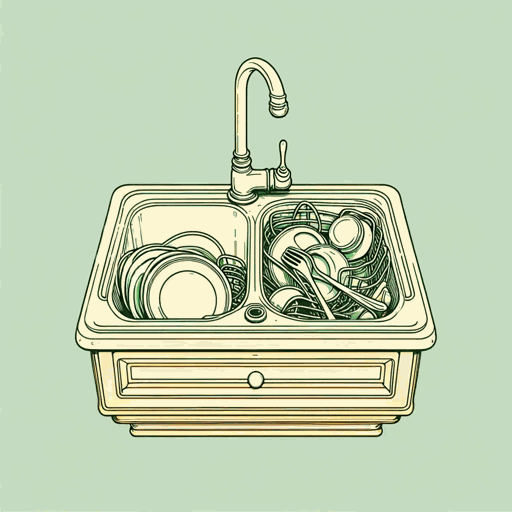18 pages • 36 minutes read
Marie HoweWhat the Living Do
Fiction | Poem | Adult | Published in 1998A modern alternative to SparkNotes and CliffsNotes, SuperSummary offers high-quality Study Guides with detailed chapter summaries and analysis of major themes, characters, and more.
Poem Analysis
Analysis: “What the Living Do”
Each stanza of “What the Living Do” is a pair of long lines in free verse, without rhyme or meter. The lines sometimes, but not always, break at the ends of sentences, resulting in sporadic enjambment. Like that of many prose poems, the form of “What the Living Do” allows for an open, easy-to-follow narrative, without structural distractions. The slow pacing and simplicity are complemented by Howe’s informal diction, typified by brand names like “Drano” (Line 2) and adjectives such as “crusty” (Line 2) and “wobbly” (Line 8).
Howe has described “What the Living Do” as a letter to her deceased brother, and the poem opens with a direct address to him: “Johnny, the kitchen sink has been clogged for days…” (Line 1). By starting the poem with Johnny’s name and ending it with “I remember you” (Line 16), Howe frames the poem in Johnny’s memory. Johnny’s death is a vehicle for the poem’s reflections on life, but more importantly, the poem is an example of its own thesis: The living remember and pay tribute to the dead even while engaged in the minutiae of daily existence.

